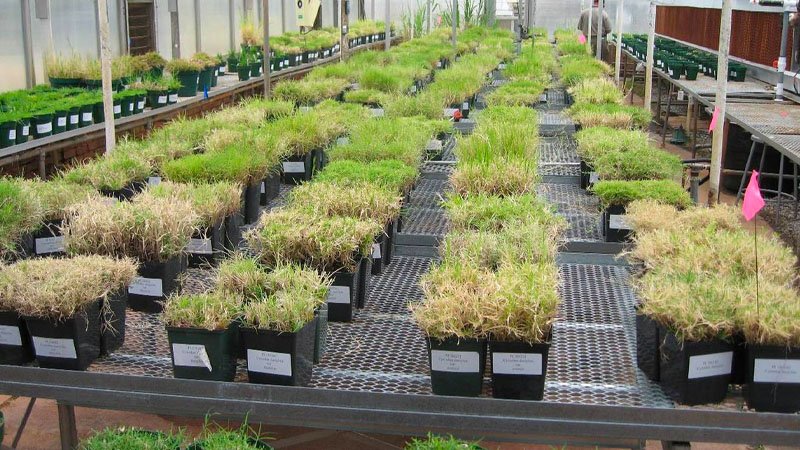
The USGA will invest nearly $2 million into turf research grants this year through the Green Section Turfgrass and Environmental Research program.
The annual investment in the program, which this year totals $1.8 million into 70-plus grants, is part of the USGA's contined effort to support the sustainability of golf, which, the USGA says, saves the industry an estimated $1.8 billion annually.
During the Green Section's 100-year history, which was marked last year, the USGA has invested more than $46 million in research aimed at improving the golfer experience and reducing inputs. The program represents the largest private turfgrass and environmental research effort in the game's history.
The 2021 grant recipients – including 16 new projects – will receive an average of $25,000 in funding this year. Projects include an innovative multi-year effort with the University of Minnesota to improve irrigation efficiency, while ongoing support to the University of Nebraska will advance the development of new cultivars of buffalograss that require fewer inputs.
Another grant of $25,000 will be invested in a collaborative effort between North Carolina State University, Purdue University and the University of Georgia-Tifton to develop new cultivars of zoysiagrass with improved heat, drought and traffic tolerance.
Since the founding of the Green Section in 1920, the USGA has led the effort to enhance golf course sustainability through the development and support of research that produces a healthier environment and improved playing conditions.
Led by Cole Thompson, Ph.D., the research program is one way in which the USGA brings to life its mission to champion and advance the game. Universities and research companies submit grant applications that are reviewed by 17 scientists on the TERP committee. In addition to the TERP, the USGA invests in research that benefits other areas of course sustainability and golfer experience.
Through the program's emphasis on sustainable turfgrass management and environmental protection, combined with research and educational efforts, the USGA has improved the efficiency of key areas of golf course management. These areas include advances in putting green construction methods, the use of naturalized rough, precision irrigation strategies and best application practices for fertilizers and pesticides, all of which have been adopted at about half the country's golf courses.
Overall, these efforts have resulted in an industry-wide reduction in water use of about 19 percent from 2005-2013, a 37 percent decrease in fertilizer use from 2006-2014, and the development of more than 30 turfgrass cultivars that use fewer inputs.
Click here to view complete summaries of current research projects. Summaries from research conducted in 2020 will be updated next month.

